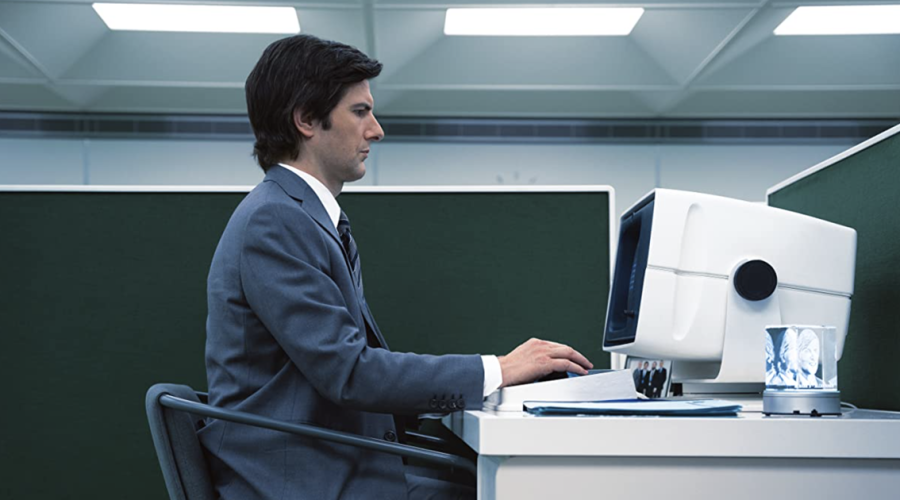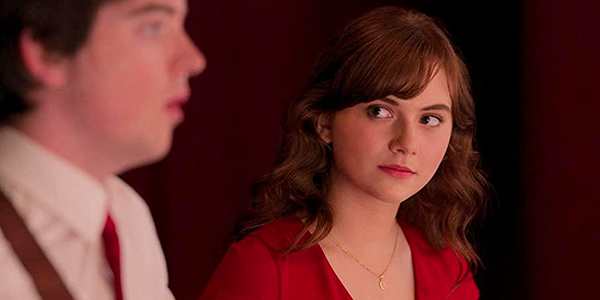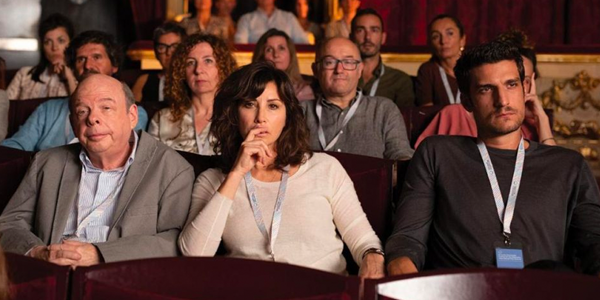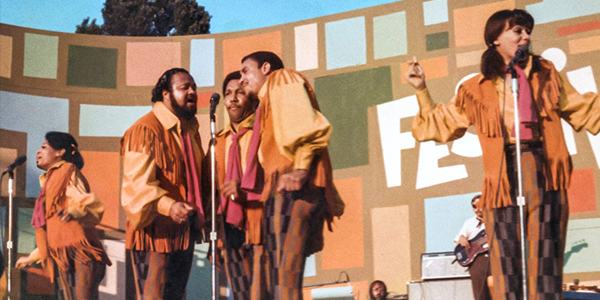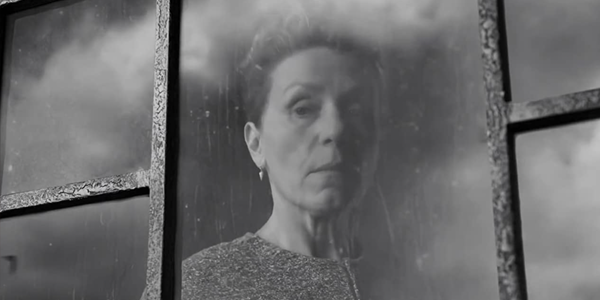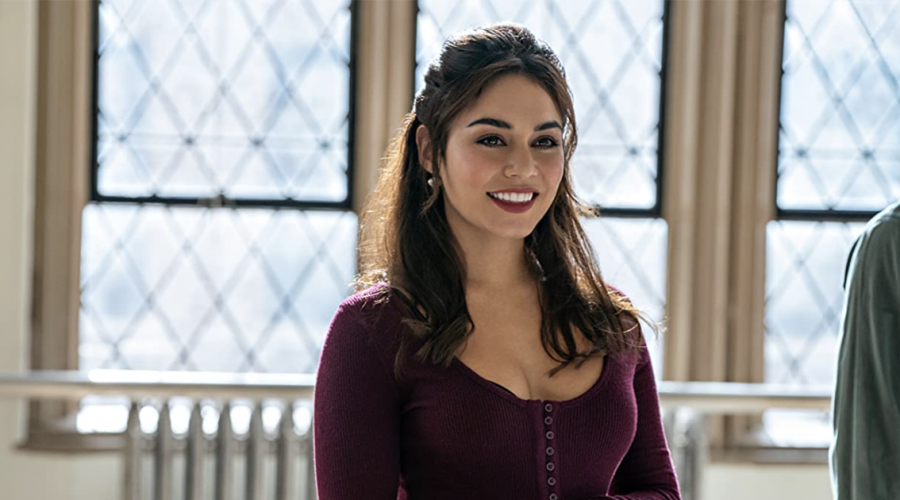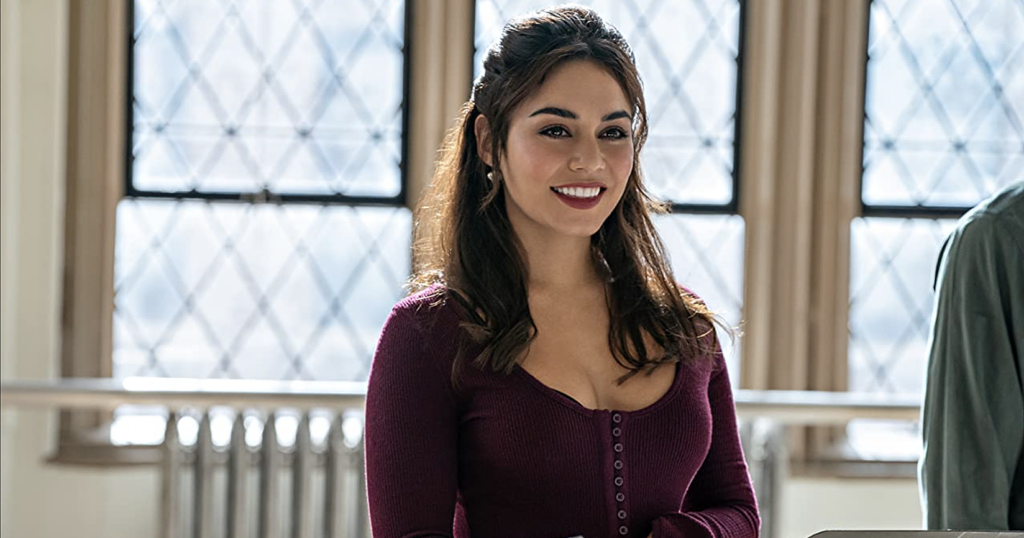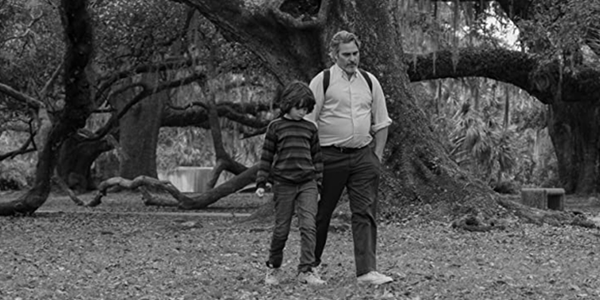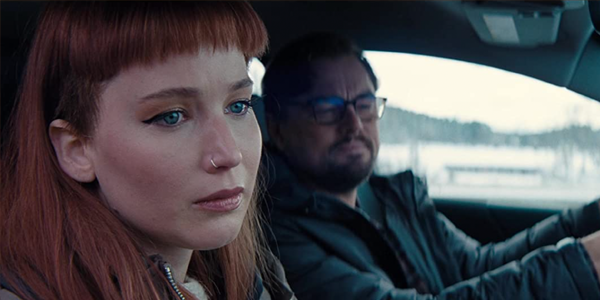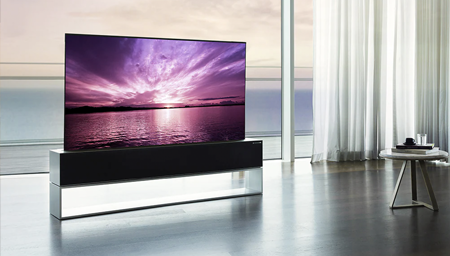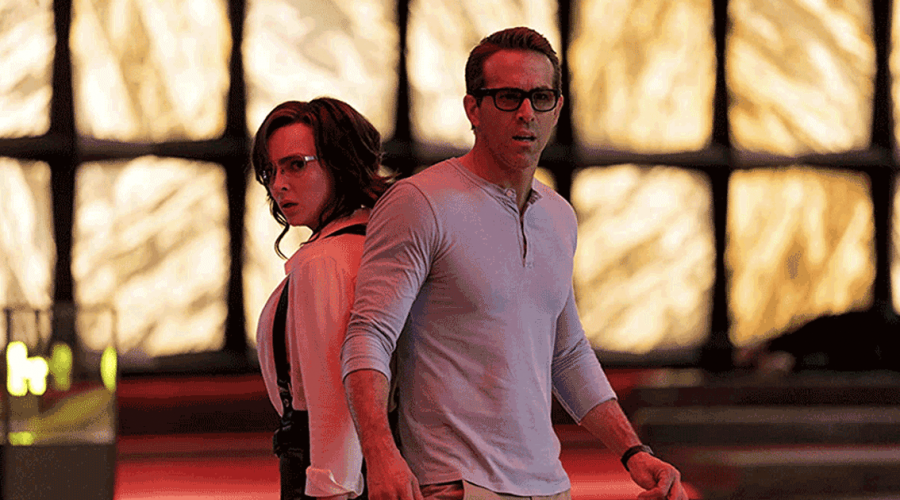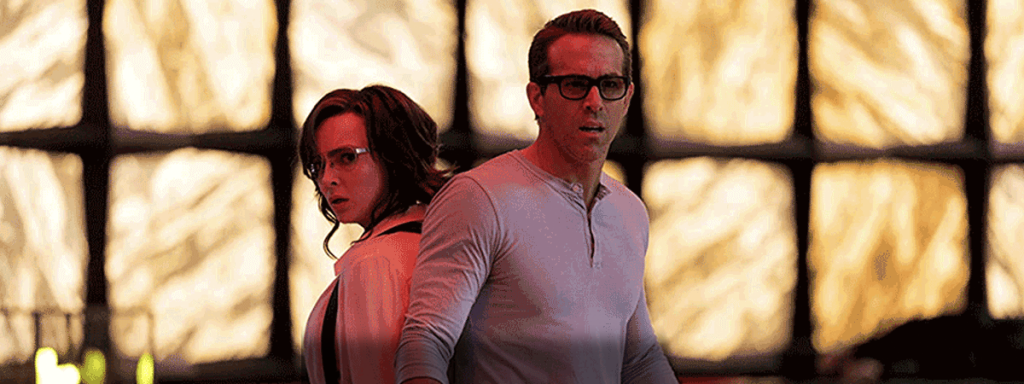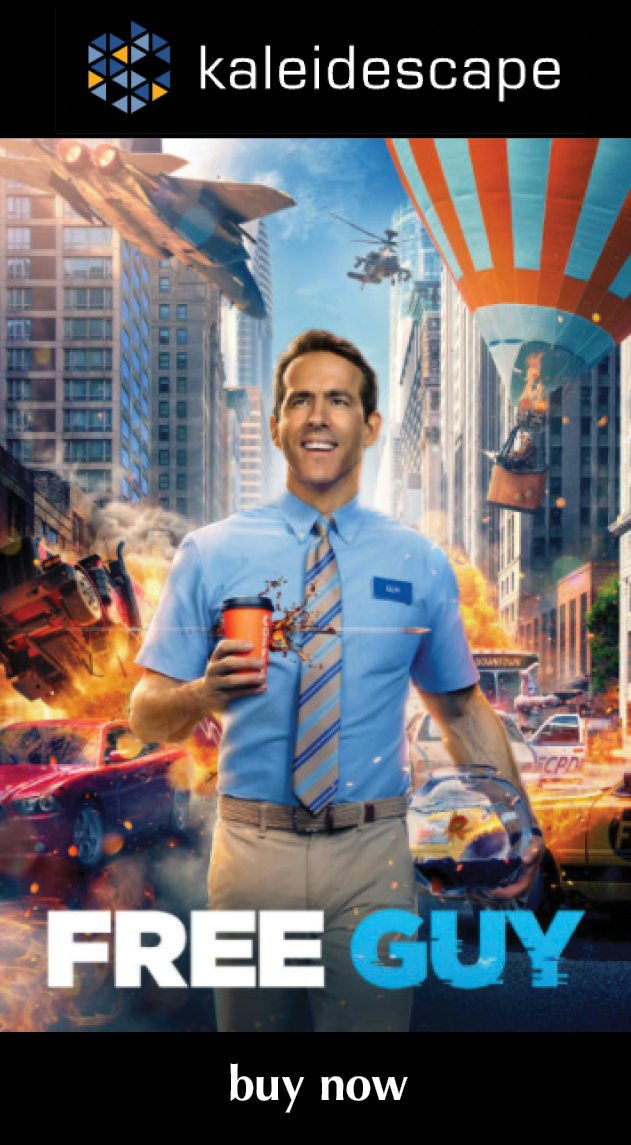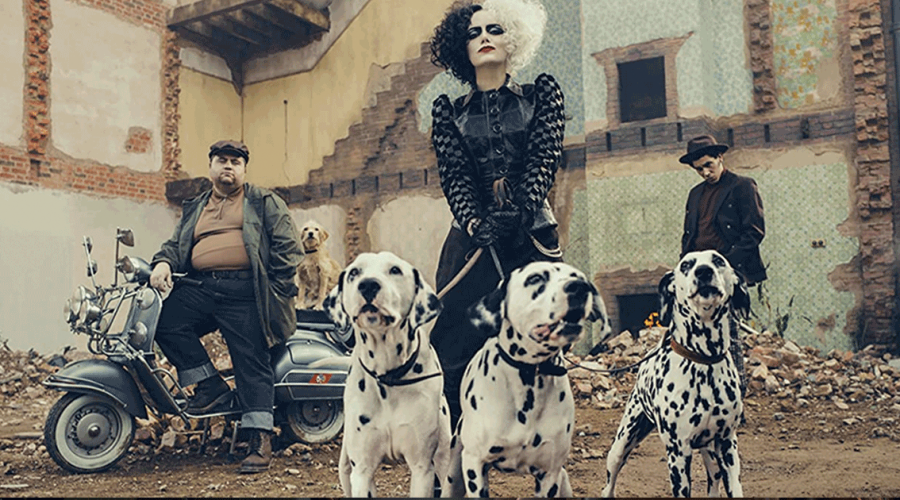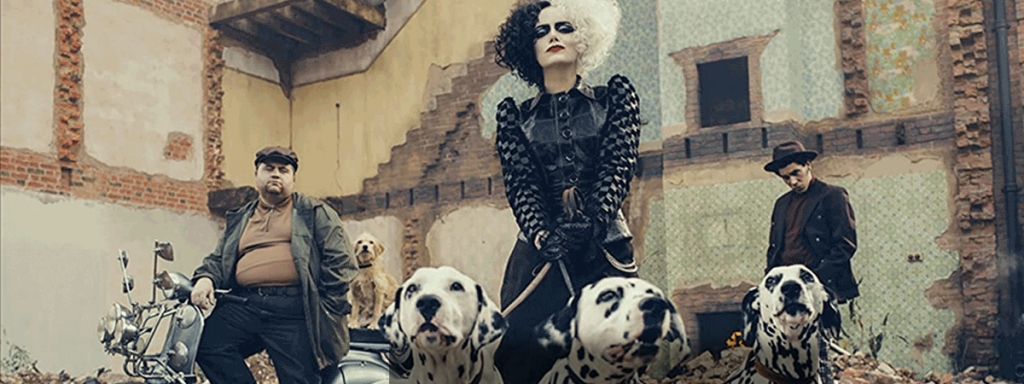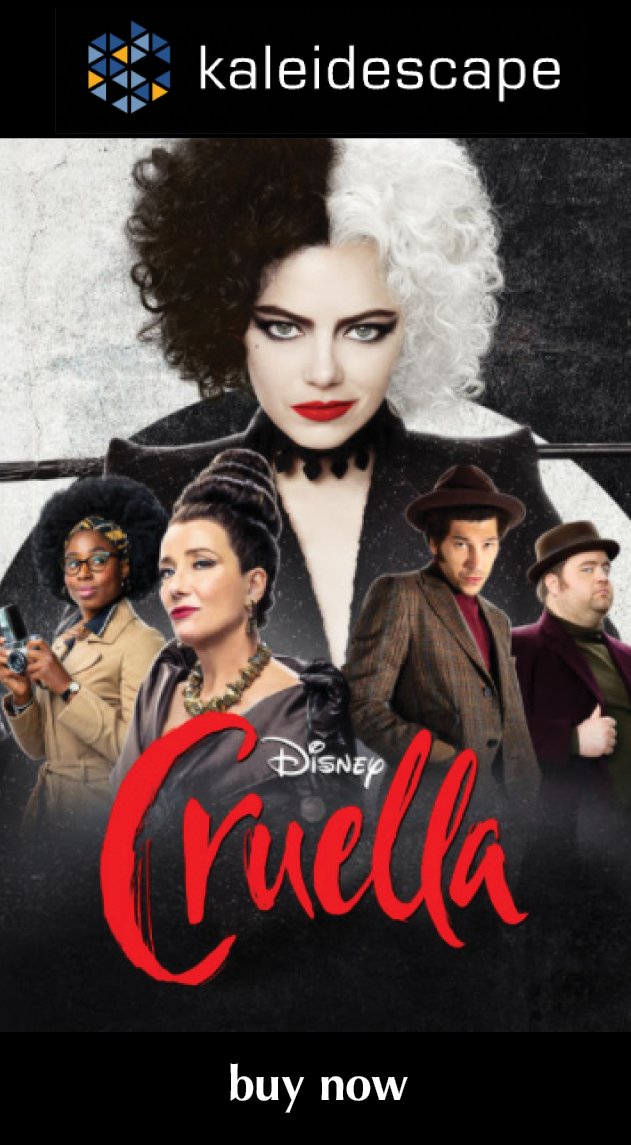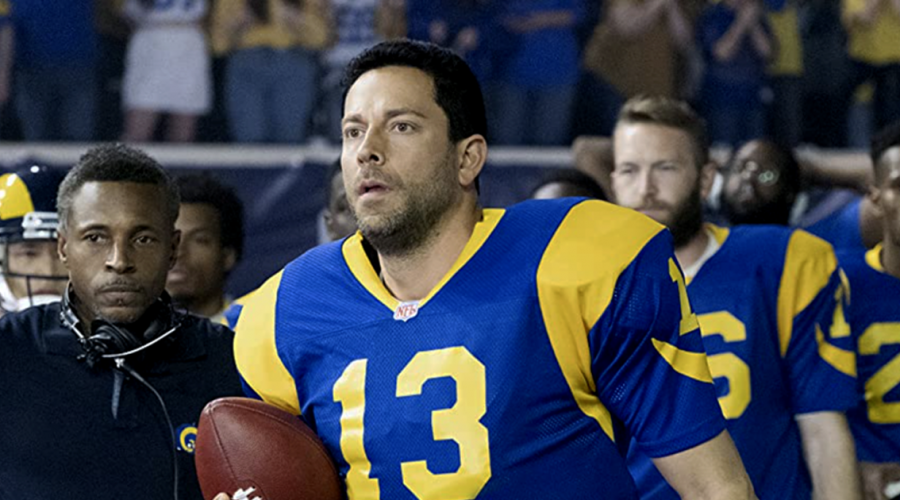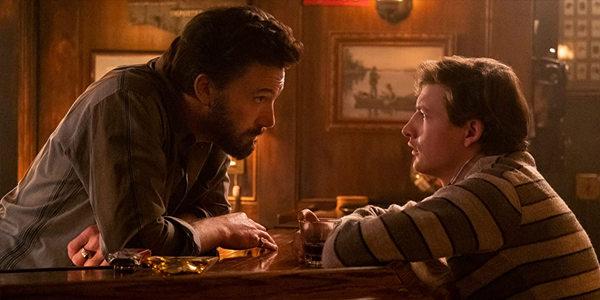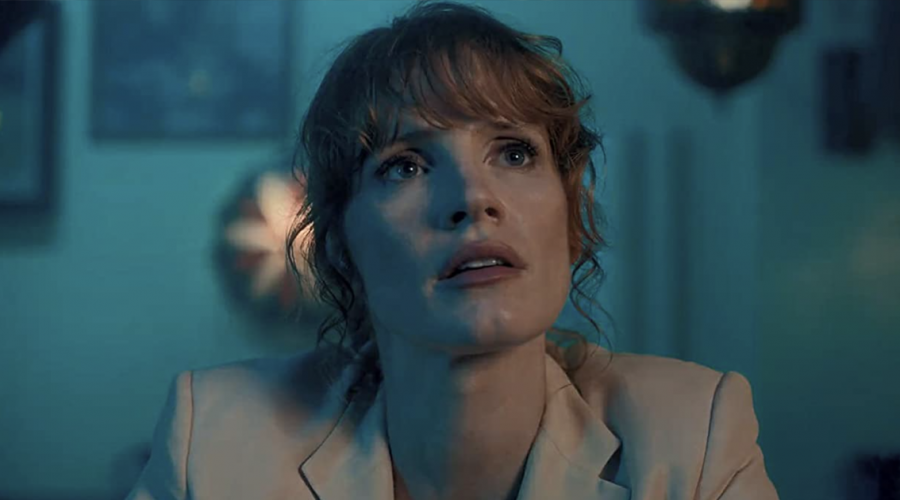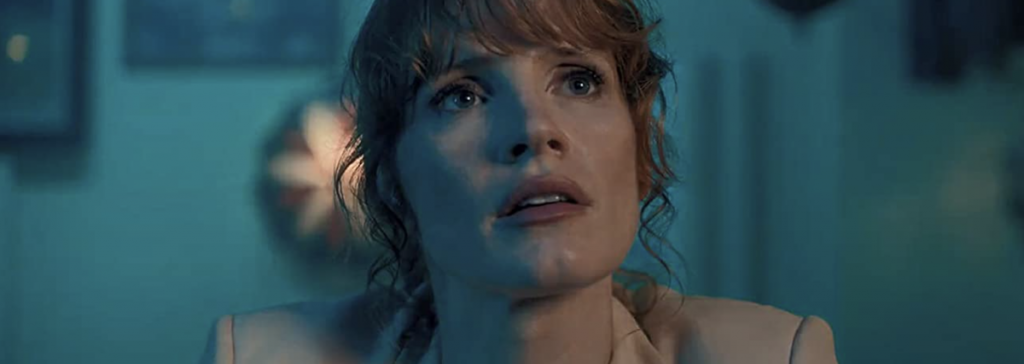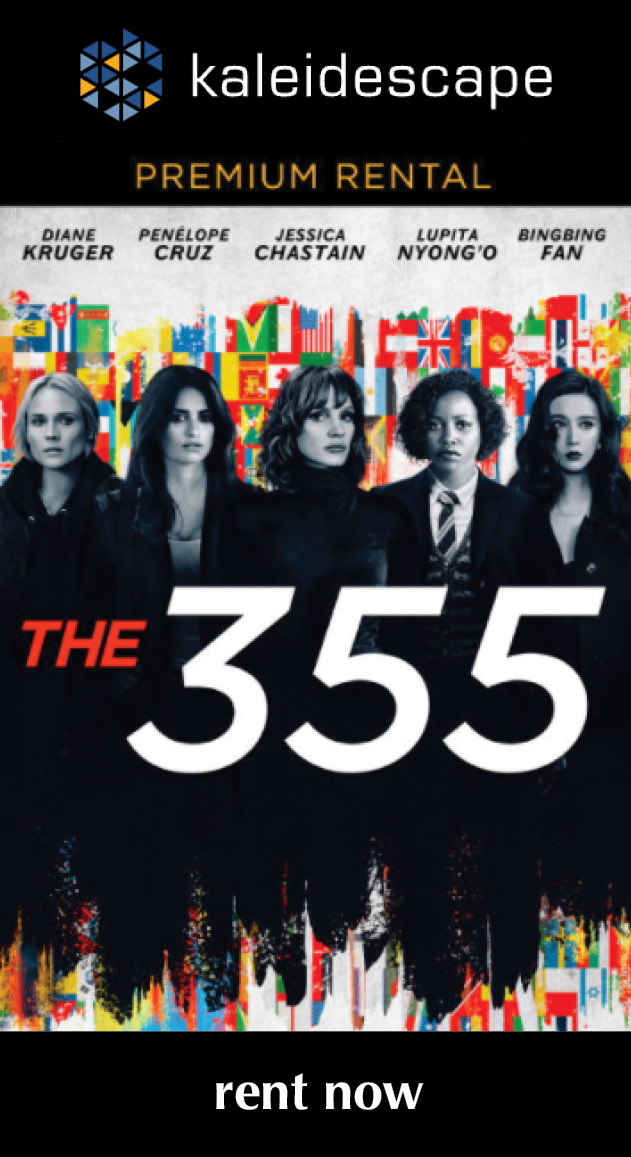Review: Severance
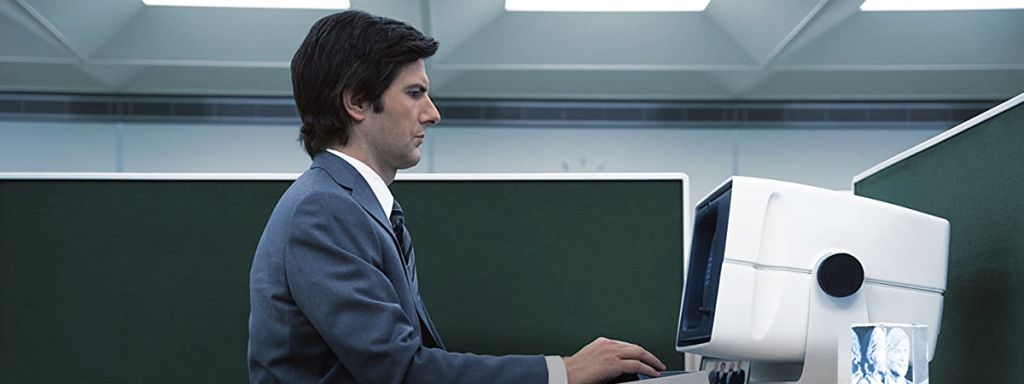
review | Severance
This Ben Stiller-directed AppleTV+ series is less comedy and more sci-fi/mystery/thriller
by John Sciacca
March 4, 2022
Launched on November 1, 2019, Apple TV+ has been languishing as one of the many “others” in the streaming space. While trying to figure out how to gain subscribers and increase its content offerings, the company was literally giving the service away to anyone who purchased an eligible Apple product (iPhone, iPad, iPod touch, Apple TV, or Mac). After buying a new iPad for my wife, we enjoyed the free first year, which was then extended to nearly 18 months. After our grace period ran out, I found enough value in the service to keep it for the $4.99/month subscription.
Apple’s original offerings were pretty slim pickings but they’ve since developed a solid roster of compelling series including the highly-acclaimed Ted Lasso, For All Mankind, and The Morning Show, along with two of Tom Hanks’ latest films, Greyhound and Finch, and the Academy Award-nominated The Tragedy of Macbeth. One of the latest originals is Severance, and it’s one of those shows that will likely stick with you and stir up some conversations after an episode ends, with a lot of conjecture and “What if . . ?” thoughts.
Don’t let the fact that the series is directed by Ben Stiller make you think it’s a comedy. While there are some comedic moments, the humor is bone dry, and Severance is far more a psychological, sci-fi mystery think piece. Well, at least it is three episodes in.
We follow Mark (Adam Scott) as he works in an office with Irving (John Turturro), Helly (Britt Lower), and Dylan (Zach Cherry), along with ever-present supervisor Milchick (Tramell Tillman) keeping an eye on things, and department head Harmony (Patricia Arquette).
Mark and team work on what is known as a “severed floor” deep within the basement bowels of a giant corporation called Lumon Industries. Severance is a controversial medical procedure the employees have all voluntarily—as far as we know—undergone that divides—severs—their work (“innie”) and non-work (“outie”) memories. Once you step into the Lumon elevator and begin descending to your floor, you completely forget all knowledge of your life that exists outside work. And once you ascend in the elevator, you have no recollection of what you do for Lumon. We’re told the severance procedure is complete and irreversible.
The four employees work in a division known as “microdata refinement,” where they look at antiquated monochrome CRT monitors filled with numbers. Their job is to analyze the data until something jumps out at them and then they isolate “the scary numbers” from others, grouping them and putting them into data buckets. What does the data mean, what is it for, and what are they really doing? Speculation abounds, but answers are slow coming inside Lumon.
Mark recently lost his wife, and chose severance as a way to deal with the pain. Both Irving and Dylan have been with Lumon for a couple of years, though we know virtually nothing (yet) of their past. Irving, played with wonderfully sincere seriousness by Turturro, is a strict company man, while Dylan seems far more interested in the tchotchkes that come from a job well-done, including the ultimate prize: A waffle breakfast. We do get a few brief factoids about Irving’s outie during a “wellness check” in Episode Two, “Half Loop,” where Ms. Casey (Dichen Lachman) shares facts that he should enjoy equally.
Helly is a new employee introduced early in the first episode, “Good News About Hell.” Hired to replace suddenly-gone department head Petey (Yul Vazquez), we glean bits and pieces about life inside Lumon and the job through her training.
Parallels can undoubtedly be drawn between fictional Lumon and the ultra-secretive real-life Apple Corporation, which would probably love to offer an actual severed floor. While the facility itself doesn’t actually resemble “The Ring” of Apple Park (the company’s new headquarters in Cupertino, California), its symmetry, size, and scale are certainly evocative. And the balance—or rather division—of work and home life are easily relatable.
Streamed in 4K HDR with Dolby Vision, image quality is definitely good enough for conveying the story. We get some nice punchy highlights from the numerous fluorescent lights and ever-present white walls, hallways, and corridors inside the massiveness that is Lumon, and there is plenty of facial detail in closeups and enough resolution to make out the individual pixels in the staff’s monitors.
Severance also features a Dolby Atmos mix that so far is little more than serviceable. The vast majority of the show takes place inside the stark and sterile office space, and we do get a bit of office-sounds ambience and some expansion of the score. But dialogue is the key here, and fortunately it’s clear and intelligible.
Unlike Netflix and Amazon Prime, which prefer to dump all of the episodes of a series at once, Apple takes more of a Disney+ approach and doles out new episodes each Friday. This makes it a perfect time to jump into Severance as you’re only three episodes “behind” as of this writing, meaning you can quickly catch up.
Probably the most experienced writer on custom installation in the industry, John Sciacca is co-owner of Custom Theater & Audio in Murrells Inlet, South Carolina, & is known for his writing for such publications as Residential Systems and Sound & Vision. Follow him on Twitter at @SciaccaTweets and at johnsciacca.com.
PICTURE | The image quality of the 4K HDR Dolby Vision stream is definitely good enough for conveying the story, with nice punchy highlights from the numerous fluorescent lights and ever-present white walls inside the massive office space
SOUND | The Atmos mix is little more than serviceable, although dialogue is clear and intelligible and there is some office-sounds ambience and some expansion of the score
© 2025 Cineluxe LLC
